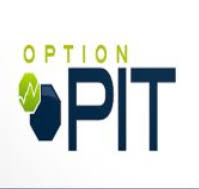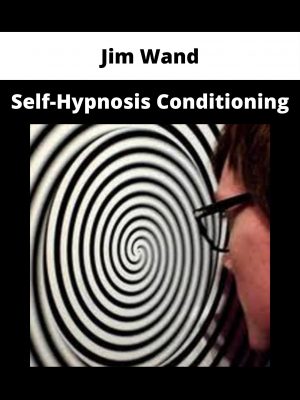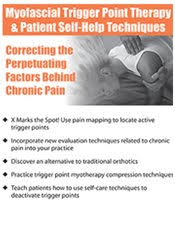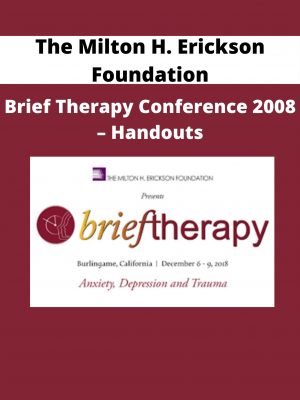-
×
Carleton H. Sheets – How to Triple Your Profits with Multiunit Properties 1 × $68
-
×
Optionpit – Professional Approaches to Directional Option Trading 1 × $189
-
×
Jim Wand – Self-Hypnosis Conditioning 1 × $10
Subtotal: $267

 Carleton H. Sheets – How to Triple Your Profits with Multiunit Properties
Carleton H. Sheets – How to Triple Your Profits with Multiunit Properties  Optionpit – Professional Approaches to Directional Option Trading
Optionpit – Professional Approaches to Directional Option Trading  Jim Wand – Self-Hypnosis Conditioning
Jim Wand – Self-Hypnosis Conditioning 










